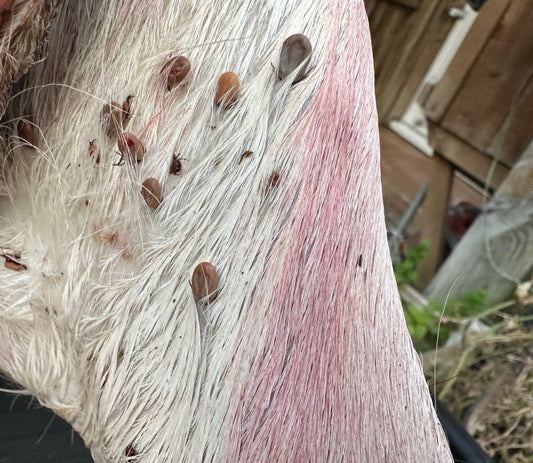The allure of deer gracefully wandering through British woodlands is a timeless countryside charm. However, beneath this picturesque setting lies a narrative of deer browsing and fraying that often unveils challenges for estate managers and woodland owners, especially when young or rare trees are at stake. To ensure a harmonious co-existence that safeguards the woodland while accommodating its wild denizens, effective deer management is indispensable. In this discourse, we delve into various tree protection strategies integral to a comprehensive deer management plan.
Physical barriers are a direct and effective way to ward off deer from valuable trees. Among these, deer-proof fencing stands out as a reliable deterrent. The robustness and height of the fencing are critical to prevent deer from leaping over or crawling under; a minimum height of 1.5 to 1.8 meters is typically recommended.

Tree guards offer another layer of protection for young trees against both browsing and fraying. Available in various materials including plastic and metal mesh, these guards should be installed to a height unreachable by deer, usually at least 1.2 meters above the ground. Additionally, protective netting around trees or shrubs can act as a deterrent to deer browsing, offering a cost-effective albeit maintenance-requiring solution.
Chemical deterrents, primarily repellents, work by emitting odours or tastes unpleasant to deer. These can be sprayed on or around trees to deter deer from approaching. However, the efficacy of repellents may vary, and regular reapplication, especially post-rainfall, is often necessary to maintain their effectiveness.
Modifying the habitat to divert deer attention away from valuable trees is another viable strategy. Providing alternative food sources by planting shrubs or other vegetation that deer prefer, away from the areas to be protected, can help in this regard. Diversifying plant species within the woodland can also help distribute browsing pressure as deer have preferences towards certain types of trees.
Population control through controlled culling is a long-term strategy that helps alleviate browsing and fraying pressure on trees. Ensuring that culling is conducted in a responsible, ethical manner while adhering to local laws and best practices is paramount.
Regular monitoring and adaptive management are key to understanding the dynamics of deer populations and their impact on woodland. This data provides insights into the effectiveness of tree protection measures in place, and based on these insights, management strategies may need to be adapted to ensure continued effectiveness over time.
Seeking professional consultation for deer management can provide tailored solutions and expert advice on protecting trees from deer damage. Consultants can help design and implement a comprehensive deer management plan addressing the unique challenges of each estate.
The nuanced interplay between deer and woodland requires a thoughtful approach towards sustainable woodland stewardship. The strategies outlined here, tailored to specific needs and contexts, form a roadmap towards ensuring the verdant legacy of the countryside continues to thrive across seasons.




